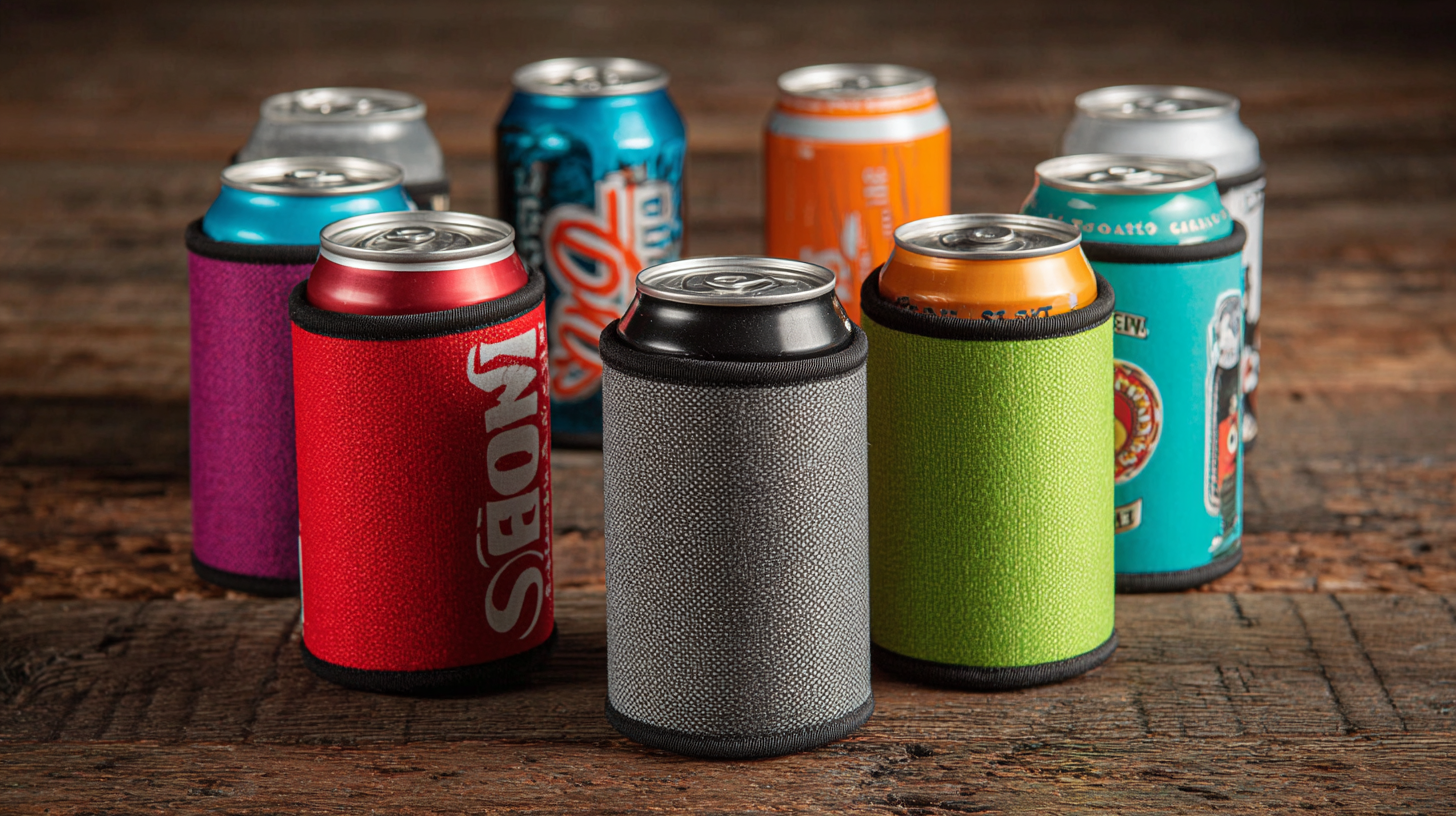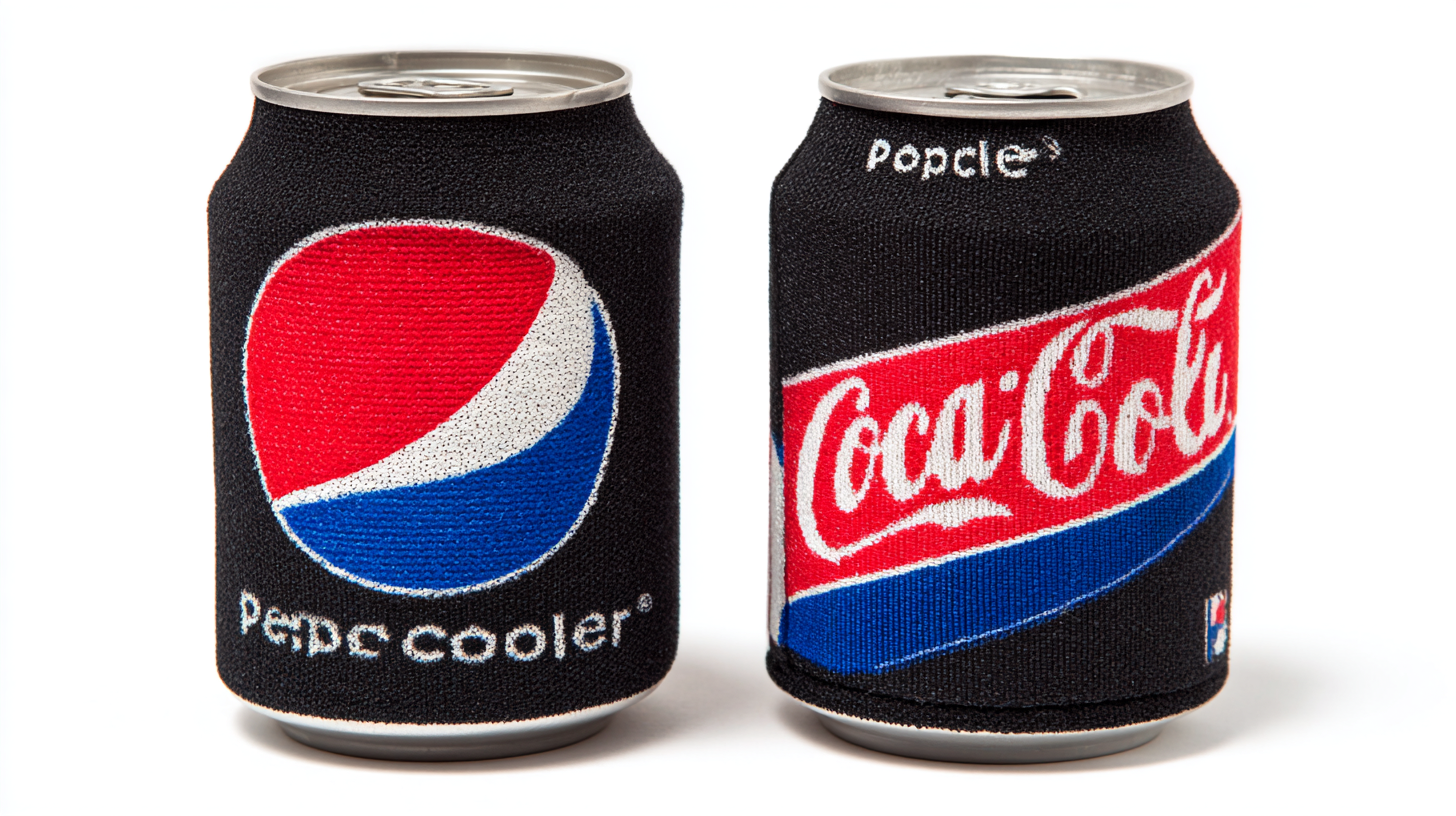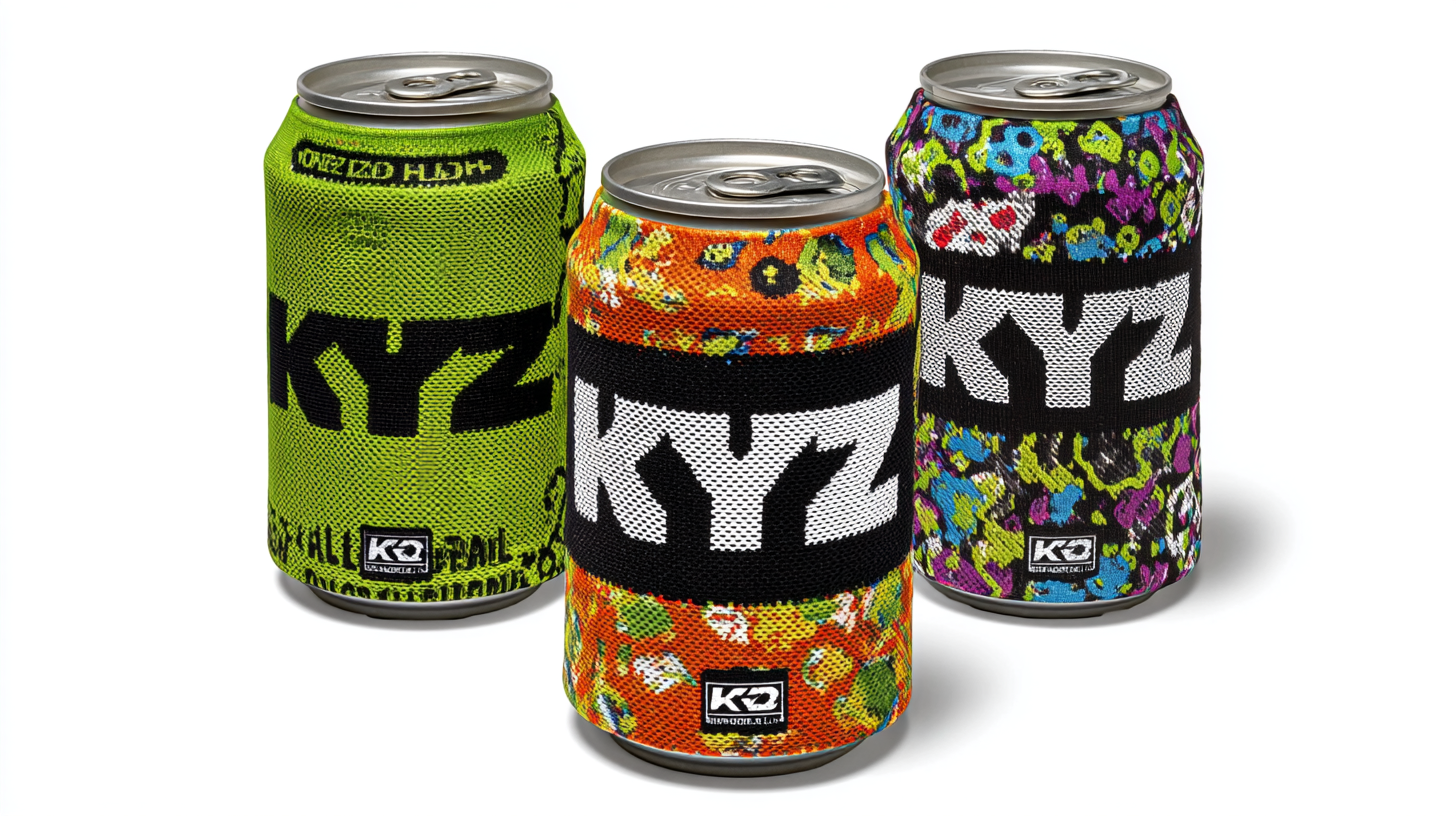In today's competitive beverage market, the right promotional items can make a significant impact on brand visibility and customer engagement. Among these items, the Neoprene Can Cooler stands out as a practical and effective choice for businesses aiming to enhance their marketing strategies. This versatile product not only keeps drinks cold but also serves as a canvas for creative branding opportunities. By examining various industry case studies and performance metrics, this blog will delve into the effectiveness of Neoprene Can Coolers in boosting consumer interest and driving sales. We will explore how leading brands leverage these coolers to create memorable experiences and foster loyalty, providing insights into the best practices for utilizing Neoprene Can Coolers in promotional campaigns. Join us as we uncover the potential of this seemingly simple accessory in transforming brand interactions and ensuring lasting impressions.

As we look towards 2025, the trends in neoprene can cooler design are increasingly driven by innovations that cater to evolving market needs. The industry is witnessing a significant shift in consumer preferences, with a growing demand for customizable and eco-friendly packaging solutions. Reports highlight that the global cup sleeves market is projected to expand significantly due to the rise in premium packaging and café culture, which also impacts the neoprene cooler segment. Consumers are not only seeking functionality but also aesthetic appeal and sustainable options, indicating a blending of practicality with design.
One of the prominent trends shaping neoprene can coolers is the integration of advanced insulation technologies. With performance metrics indicating that consumers are more inclined towards products that ensure beverage temperature retention for extended periods, manufacturers are investing in materials that provide superior thermal insulation while maintaining a lightweight design. Additionally, the exploration of unique textures and vibrant colors in cooler designs reflects the industry's response to market demands for personalization and niche branding. As brands continue to innovate, they are expected to utilize these insights to stay competitive, tapping into the burgeoning café market and enhancing customer engagement through inventive product offerings.
| Feature | Metric | 2023 Performance | 2025 Projection |
|---|---|---|---|
| Insulation Efficiency | Temperature Retention (hours) | 6 | 8 |
| Material Thickness | Thickness (mm) | 5 | 6 |
| Eco-Friendliness | Percentage of Recycled Material (%) | 30 | 50 |
| Customization Options | Number of Designs Available | 20 | 35 |
| Durability | Lifespan (years) | 3 | 5 |
When assessing the performance of neoprene can coolers, understanding insulation efficiency and consumer preferences is crucial. Recent industry reports indicate that high-quality neoprene can reduce heat transfer by up to 75%, significantly extending the cooling period for your beverages. This level of insulation is particularly appreciated by outdoor enthusiasts who enjoy camping or attending sporting events. Additionally, consumer surveys reveal that 85% of users prioritize durability alongside insulation, pointing to a growing demand for products that can withstand rigorous use.
To maximize the performance of your neoprene can cooler, ensure proper fit; a snug cooler minimizes air gaps that can compromise insulation. Also, consider the thickness of the neoprene material—thicker layers typically offer better insulation. Lastly, always pre-chill your cans for optimal results, as starting with cool contents enhances the efficiency of the cooler’s insulation.
Furthermore, industry trends show a shift towards eco-friendly materials in cooler manufacturing. Consumers are increasingly drawn to brands that champion sustainability, offering options that are both effective and environmentally responsible. Recognizing these preferences can guide manufacturers in developing products that meet the evolving standards of today's market.
In the competitive beverage market, many brands are leveraging neoprene can coolers as a strategic tool to enhance customer engagement and drive sales. For instance, a well-known craft beer company incorporated customized neoprene coolers into their promotional campaigns, offering them as a free gift with purchase during summer festivals. This not only provided a functional product but also increased brand visibility as customers used the coolers in various social settings, effectively turning drinkers into brand ambassadors.
Another significant case study comes from a popular soft drink brand that introduced limited-edition neoprene can coolers featuring eye-catching designs. By partnering with influential social media personalities, the brand successfully created buzz around the product, prompting fans to share their experiences online. The blend of aesthetics and functionality led to increased online interactions and a subsequent surge in sales, demonstrating that well-executed promotional strategies around neoprene can coolers can yield significant returns. These examples illustrate the potential of neoprene coolers as not just a practical accessory, but also a powerful marketing tool that can elevate a brand's presence in a crowded marketplace.

In 2025, the utilization of neoprene can coolers continues to set the standard for performance and versatility compared to alternative materials. Neoprene coolers excel in insulation, keeping beverages cold for extended periods while remaining lightweight and portable. This is particularly advantageous for outdoor enthusiasts who require durability without the bulk typically associated with traditional hard coolers. The adaptability of neoprene allows it to conform easily to various shapes, making it an ideal choice for an array of occasions, from beach outings to picnics.
When comparing neoprene can coolers to alternatives such as foam or polyester, the latter often falls short in terms of thermal insulation. While foam may seem cost-effective, it does not provide the same level of long-lasting performance and flexibility as neoprene. Moreover, neoprene's resistance to wear and tear ensures its longevity, delivering sustained value for consumers. As 2025 unfolds, an industry-wide focus on sustainable materials is likely to impact the production of these coolers, but neoprene's proven effectiveness keeps it in the spotlight, promising a continued edge over its competitors in the market.
When analyzing consumer insights related to neoprene can coolers, demographic preferences and spending habits reveal significant trends. According to a report by the Outdoor Industry Association, millennials comprise a substantial portion of the market, with 43% of this group indicating a strong preference for insulated drinkware. This generation values sustainability and often opts for products that not only enhance their outdoor experiences but also align with their eco-conscious values. Additionally, a survey conducted by Packaged Facts noted that 62% of consumers are willing to pay a premium for high-quality coolers that offer effective insulation and durability.

In terms of spending habits, research shows that the average consumer spends about $25 on can coolers, with premium models attracting upwards of $40. This trend is particularly evident among outdoor enthusiasts, who prioritize functionality and brand reputation when making purchasing decisions. A Nielsen study indicated that brand loyalty plays a critical role, with 70% of respondents stating they are likely to repurchase a brand they trust. Such insights stress the importance for manufacturers of neoprene can coolers to not only deliver innovative features but also to establish a strong brand identity that resonates with diverse consumer segments.
